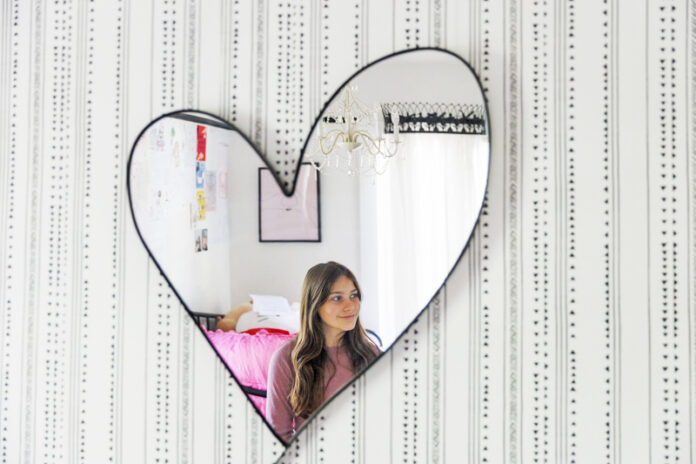SACRAMENTO, CALIFORNIA – When she was in fifth grade, Scarlett Goddard Strahan began to worry about wrinkles.
By the time she was 10, Scarlett and her friends were spending hours on TikTok and YouTube watching influencers pitch products to achieve today’s beauty aesthetic: plump, ‘radiant,’ smooth skin. Scarlett developed a detailed skin care routine with facial cleansers, mists, hydrating creams and moisturisers.
One night, Scarlett’s skin began to feel like it was burning with blisters.
The use of adult products has caused problems for his skin.
A few months later, small bumps appeared on Scarlett’s face, and her cheeks turned red in the sun.
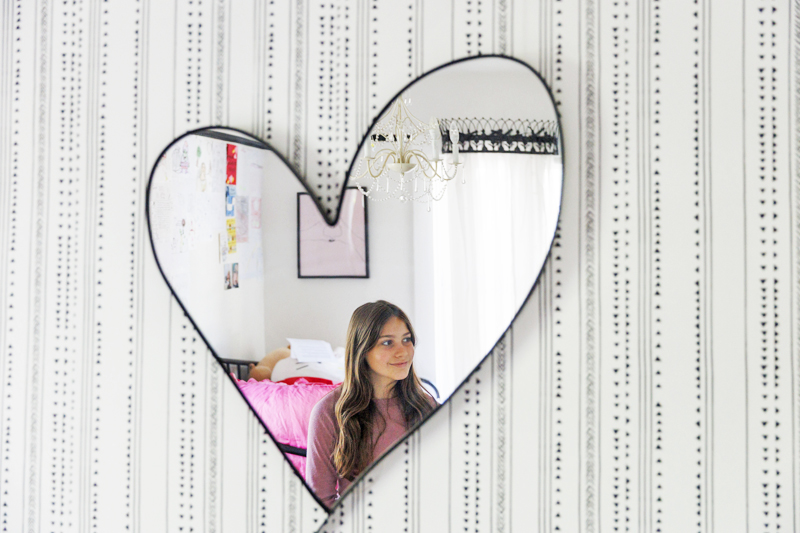
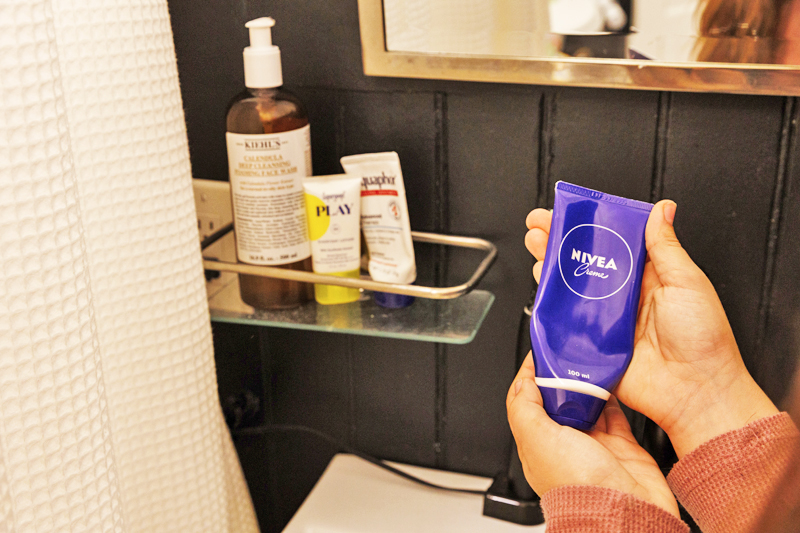
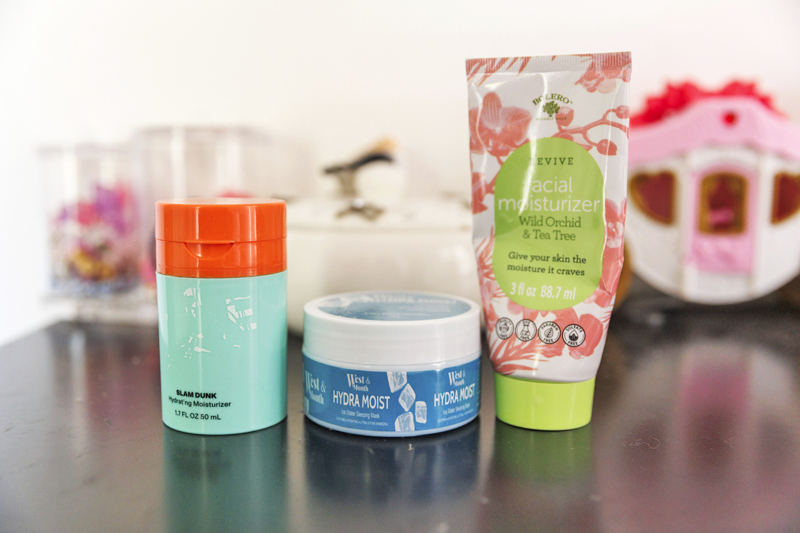
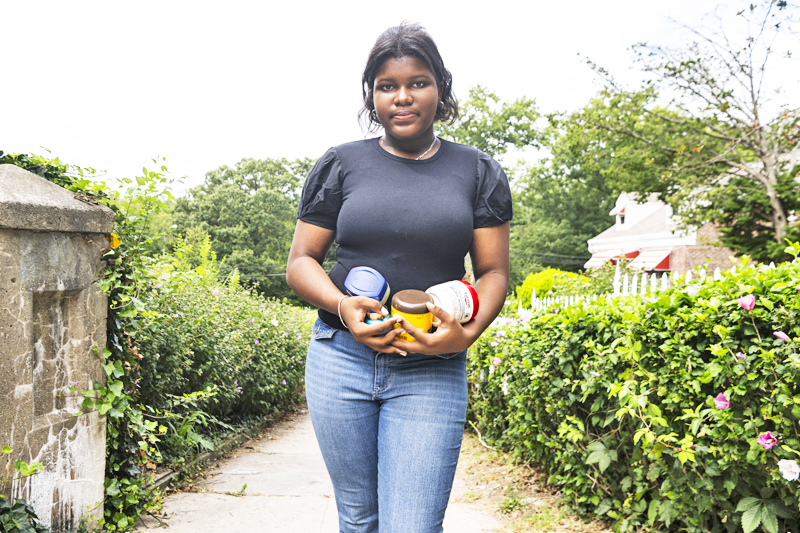
“If I had known my life would be affected by this routine, I wouldn’t have used this product on my face,” said Scarlett, who is just 11 years old.
Scarlett’s experience has become commonplace, experts say, as pre-teen girls across the country flood beauty shops to buy high-end skin care products.
Girls as young as 8 come to the dermatologist’s office with rashes, chemical burns and other allergic reactions to products not formulated for children’s sensitive skin.
“When children use anti-aging skin care, they can actually cause premature aging, destroying the layers of the skin and leading to permanent scarring,” says Dr. Brooke Jeffy, a dermatologist in Scottsdale, Arizona.
Beyond the physical risks, parents and child psychologists worry about the trend’s impact on girls’ mental health.
Extensive data suggests an obsession with appearance can affect self-esteem and body image, triggering anxiety, depression and eating disorders.
The skincare obsession offers space to the role of social media in the lives of today’s youth and how it shapes the dreams and ideals and insecurities of girls in particular. Girls experience high levels of sadness and hopelessness.
Whether social media exposure causes or is merely related to mental health problems is debated.
But for older teens and young adults, it’s clear: Prolonged time spent on social media is taking a toll on them.
Young girls being fascinated by make-up and cosmetics is nothing new.
So are children who are drawn to ideal standards of beauty.
What’s different now is the magnitude, said Kris Perry, executive director of Children and Screens, a nonprofit organization that studies how digital media affects children’s development.
“Girls are being bombarded with idealized beauty images that create beauty standards that can be very difficult – if not impossible – to achieve,” Perry said.
The obsession with skincare is more than the pursuit of perfect skin, explains 14-year-old Mia Hall.
It’s about belonging to a community that has the lifestyle and look you want, says Mia, a New Yorker from the Bronx.
Skin care wasn’t on Mia’s radar until she started eighth grade last fall. In school and on social media, girls are tied to their skin care routine.
“I feel like that’s the only way people accept me,” said Mia. She started following beauty influencers on TikTok.
Some influencers are paid by brands to promote their products, but they don’t always mention it.
Mia started saving her weekly allowance of US$20 for visits to Sephora. Her daily routine includes face wash, facial mist spray, hydrating serum, pore-tightening toner, moisturizer and sunscreen.
The level of information girls get from beauty tutorials sends a troubling message as they go through puberty and find their identity, said Charlotte Markey, a body image expert and Rutgers University psychology professor.
The beauty industry has taken advantage. Last year, consumers under the age of 14 generated 49 percent of drugstore skin sales, according to a NielsonIQ report that found households with teenagers spend more than the average American household on skin care.
And in the first half of 2024, a third of ‘prestige’ beauty sales, at stores like Sephora, will be generated by families with teenagers, according to research firm Circana.
The industry has admitted certain products are not suitable for children but has done little to stop children from buying them.
The Drunk Elephant website recommends children under 12 should not use their anti-aging serums, lotions and scrubs. The guide is available on the FAQ page; there is no such warning on the product itself.
Ingredients like retinol and chemical exfoliants like hydroxy acids are powerful ingredients. For aging skin, it is used to stimulate collagen and cell production.
Young skin can react with redness, peeling and burning that can lead to infection, acne and hypersensitivity if used incorrectly, dermatologists say.
Mia’s mother, Sandra Gordon, noticed a dark patch on her face last spring and became concerned.
He threw all his daughter’s products in the trash.
Mia is not satisfied. But when he started high school, he now felt that his mother was right. She only uses face wash and moisturizer and says her skin has improved.
Scarlett didn’t notice any signs that the product was hurting her skin: She had a rash and a burning sensation.
Scarlett thought she wasn’t using enough product, so she used more. That’s when his cheek felt sore with blistered skin.
When her mother, Anna Goddard, read the ingredients in each product, she was shocked to find retinol in products that appeared to be marketed to children – including one with a cat’s face on the packaging.
Now, what worries his mother the most is the psychological impact. The child’s comments at the school have raised lingering concerns.
Goddard hopes to see more protection provided. “I didn’t know there were dangerous ingredients put into skin care marketed to children,” he said. – AP
